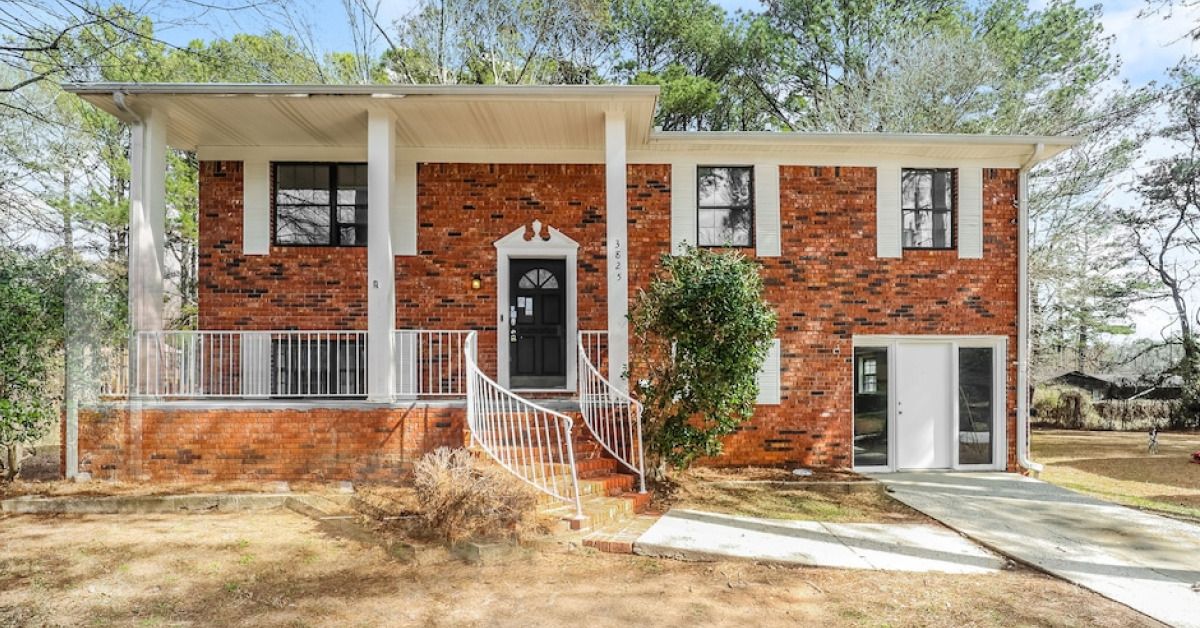Section 8 Housing Vouchers are a critical resource for seniors seeking affordable housing. Understanding the eligibility criteria, application process, impact on senior citizens, benefits, limitations, and waiting lists is essential for those considering this option.

Eligibility Criteria
To qualify for Section 8, seniors must meet certain income and residency requirements. The U.S. Department of Housing and Urban Development (HUD) sets income limits based on median income and family size, categorized into low, deficient, and extremely low-income levels. Seniors must typically fall into the very low or extremely low-income categories to be eligible. For example, in 2023 a single senior in most areas would need an annual income under $25,850 to qualify for the program. Additionally, applicants must be U.S. citizens or have eligible immigrant status, and meet specific local residency requirements which can vary by county or city.
Application Process
Applying for Section 8 involves obtaining an application from the local Public Housing Authority (PHA) and providing detailed household and financial information to verify eligibility. This includes submitting bank statements, tax returns, pay stubs, mortgage statements, medical bills, and proof of citizenship or immigration status. Applicants may need to provide additional verification if claiming medical expenses, disability status, or other considerations. The process also includes an in-person interview where seniors must present all documentation, answer questions, and sign forms. Additionally, there is an applicant briefing that explains how the program works. Finally, the PHA inspects the chosen housing unit to ensure it meets safety and sanitary standards established by HUD. If approved, seniors must sign a voucher contract agreeing to pay 30% of their adjusted monthly income towards rent.
Impact on Senior Citizens
Section 8 rental assistance vouchers can significantly and positively impact seniors in a variety of ways. First and foremost, the vouchers provide crucial economic and housing stability by making rents affordable on fixed incomes. This prevents situations of housing insecurity where seniors must choose between paying rent or buying food and medicine. Additionally, subsidized rent enables seniors to age in place and remain independent in their communities. Without rental assistance, many would face impossible choices like moving in with relatives, entering assisted living earlier than necessary, or even facing the tragedy of homelessness. Simply put, Section 8 may allow seniors to afford living where they want while maintaining connections to friends, doctors, places of worship, and other services that are vital to mental and physical health.
Benefits and Limitations
The benefits of Section 8 for seniors are substantial, with the greatest being the ability to choose their housing on the private rental market versus occupying government-owned public housing projects. Seniors have the freedom to rent single-family homes, duplexes, apartments, and other options rather than face restrictive centralized options. The portability of the vouchers allows for relocation when necessary. Additionally, linking rental payments to adjusted income provides crucial financial assistance to make rents affordable on limited budgets. However, the program does have limitations. Firstly, long waiting lists mean applicants may wait from 1 to 10 years depending on location. Navigating these waitlists can be challenging, requiring persistence. Secondly, not all landlords accept Section 8 vouchers, due to the inspection process and other perceived hurdles of working with a government program. This limits housing choices for voucher holders who face outright discrimination in some cases. Additionally, the rental assistance is capped based on fair market rents as determined by HUD, which can constrain options in certain high-cost, supply-limited markets.
Waiting Lists
The long waiting lists and queues for rental assistance highlight that demand far outpaces available vouchers. Nationwide, only 1 in 4 eligible renters receive housing subsidies due to lack of funding. In some major cities, the wait can stretch 5 to 10 years. While frustrating, seniors should still apply as early as possible to get their name on record. When vouchers do become available, waitlist management varies among the over 2,400 local and regional PHAs who administer the program. Some use straight chronological processing based on application date, while others utilize categories and preferences such as age, disability status, residency, veteran status, and more to reorder applicants and assist those with greatest need first. Overall, seniors should understand where they stand on lists by maintaining contact with PHA staff, know policies about updating personal details or being removed, and seek methods to improve chances like claiming eligible preferences.











